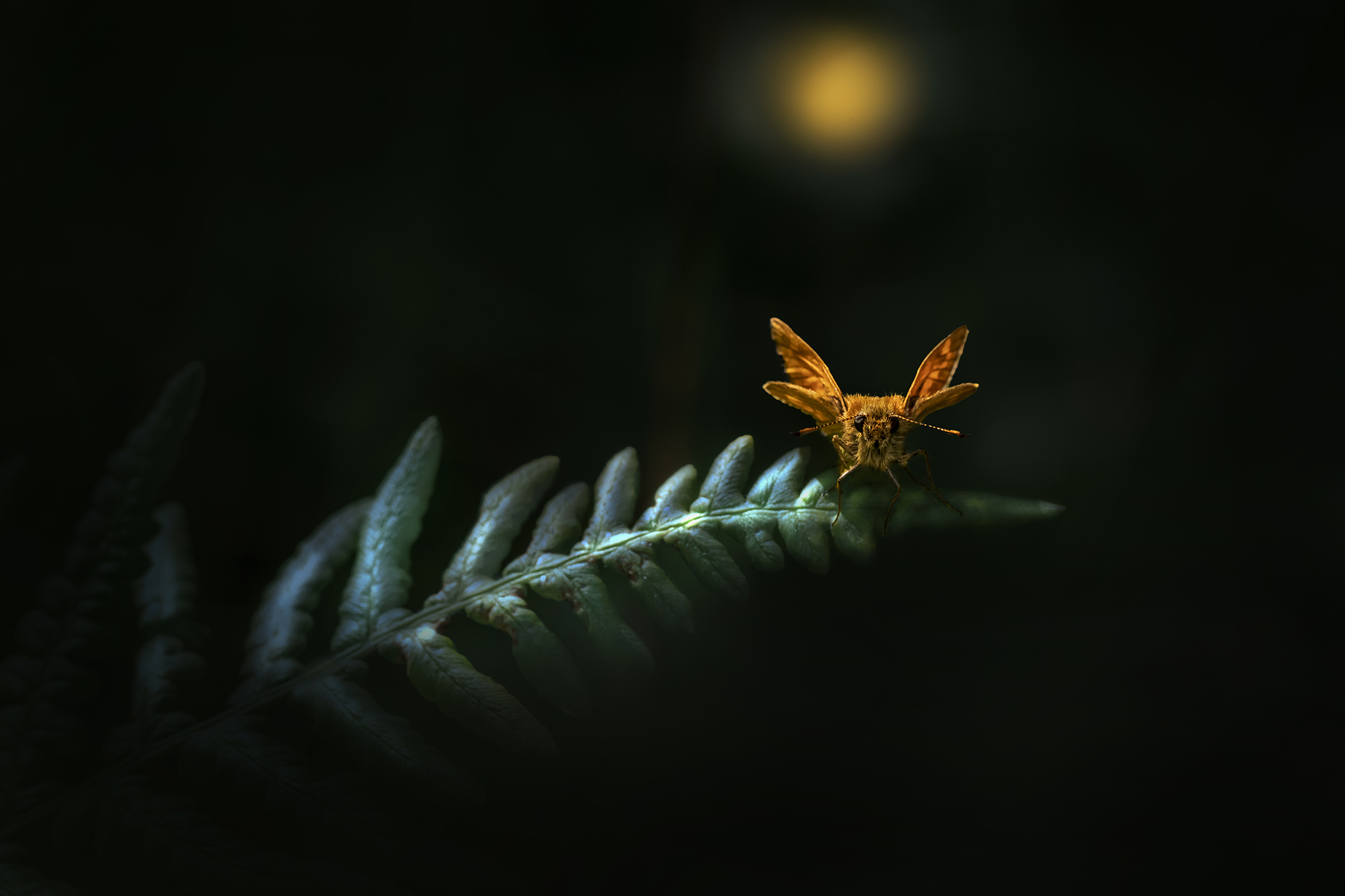The Chequered Skipper (Carterocephalus palaemon) is a charming and distinctive butterfly species native to parts of Europe and Asia. Here’s a detailed description:
Physical Characteristics:
- Size: The Chequered Skipper is relatively small, with a wingspan typically ranging from 2.5 to 3.5 centimeters.
- Wing Pattern: As its name suggests, the Chequered Skipper has a chequered or checkered pattern on its wings, which is a defining feature of the species. The upper side of the wings is usually a warm brown color, adorned with a series of small, square-shaped markings that give it a chequered appearance. These markings may vary slightly in intensity and distribution among individuals.
- Underside: The underside of the wings is typically lighter in color, with a subtle pattern of stripes and spots. This underside pattern serves as camouflage when the butterfly rests on vegetation, blending in with its surroundings.
- Antennae: Like other butterflies, the Chequered Skipper has slender, clubbed antennae that are used for sensory perception.
- Flight: This species has a distinctive fluttery flight pattern, characterized by rapid wing beats interspersed with short glides. Despite its small size, the Chequered Skipper is an agile flyer, capable of maneuvering through dense vegetation with ease.
Habitat and Distribution:
- The Chequered Skipper is typically found in woodland habitats, including deciduous and mixed forests, as well as woodland edges and clearings. It tends to favor areas with a mix of sunlight and shade, where its preferred larval food plants are abundant.
- This butterfly species has a patchy distribution across its range, with populations occurring in various countries throughout Europe and parts of Asia. It is particularly associated with regions of suitable habitat, where it can find the specific plants necessary for its survival.
Life Cycle and Behavior:
- The Chequered Skipper undergoes a complete metamorphosis, starting as an egg laid on the leaves of its larval host plants. The larvae, or caterpillars, hatch from the eggs and feed on these plants before pupating and eventually emerging as adult butterflies.
- Adults are most commonly observed during the warmer months of the year when they are actively flying and feeding. They primarily feed on nectar from a variety of flowering plants, contributing to pollination in their habitats.
Conservation Status:
- The Chequered Skipper has faced declines in some parts of its range due to habitat loss and fragmentation, as well as changes in land management practices. Conservation efforts focused on habitat restoration and protection are crucial for ensuring the survival of this species in the wild.
In summary, the Chequered Skipper is a delightful butterfly species known for its distinctive wing pattern and association with woodland habitats. Understanding its biology and habitat requirements is essential for conservation efforts aimed at preserving this species for future generations to enjoy.
Views: 56
Subscribe to the newsletter:
